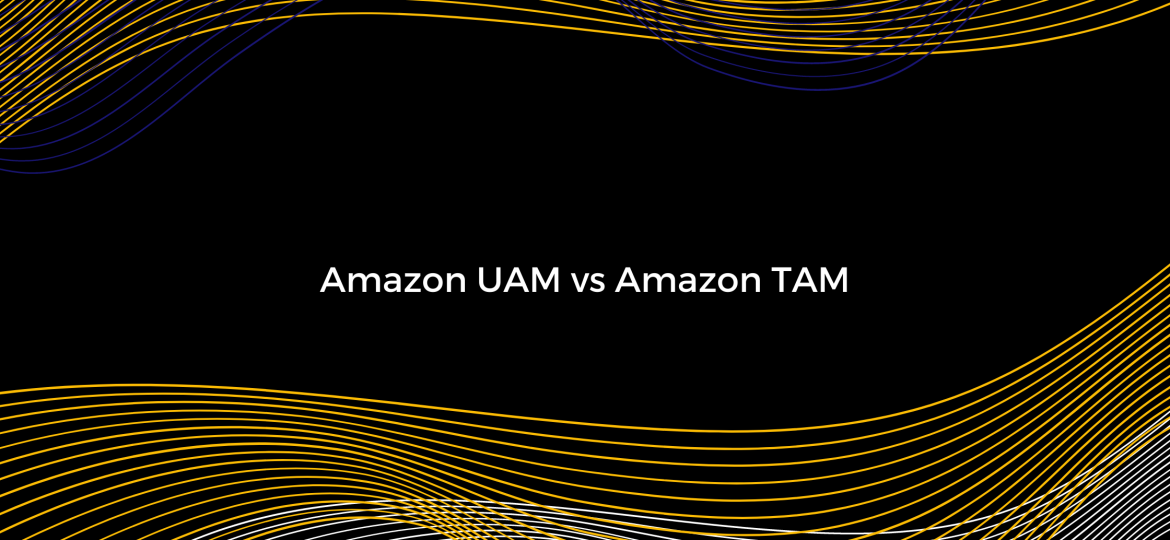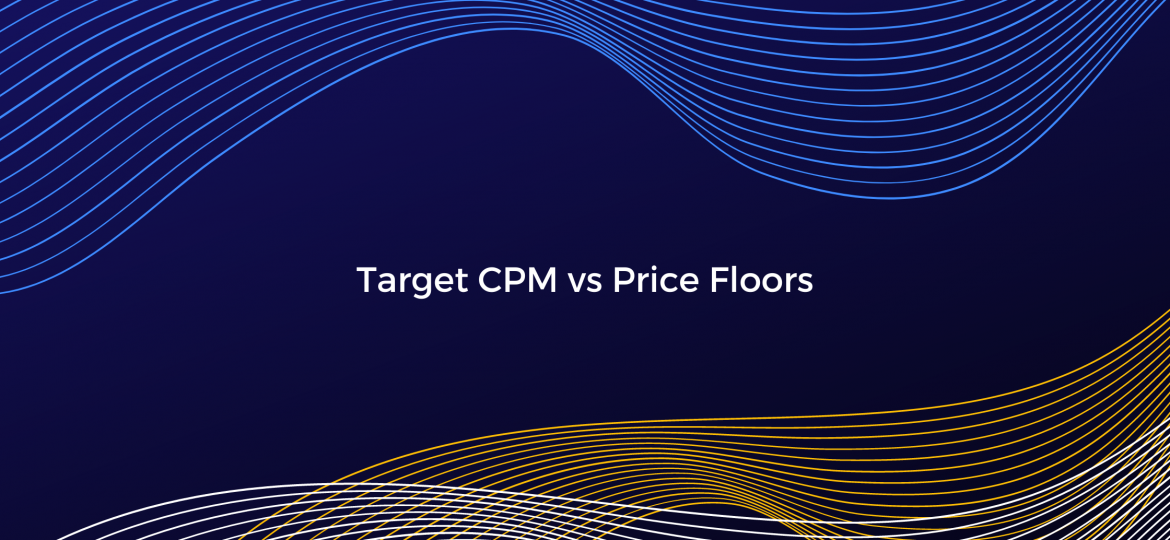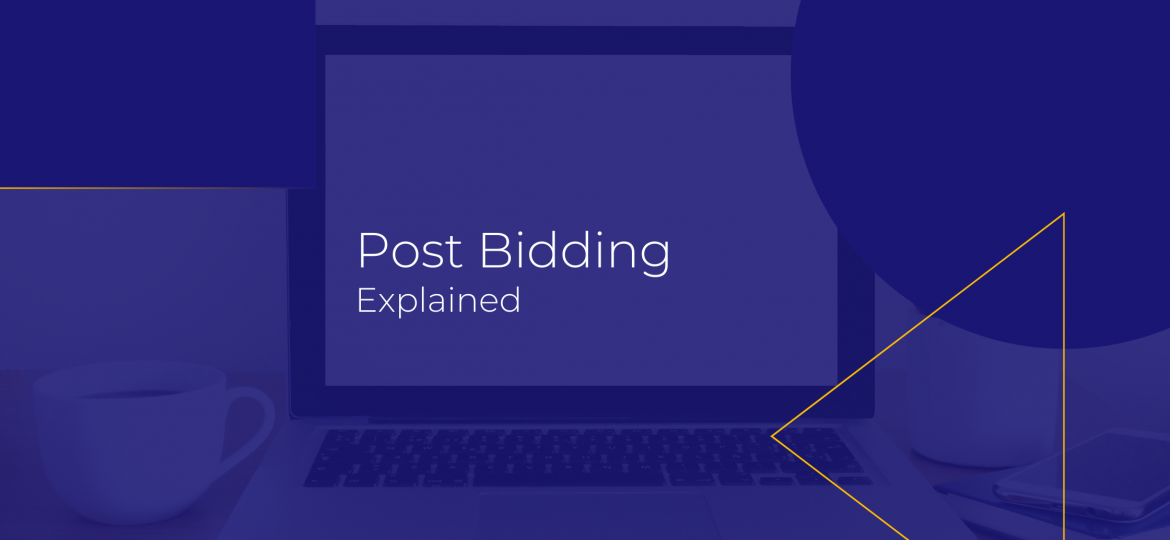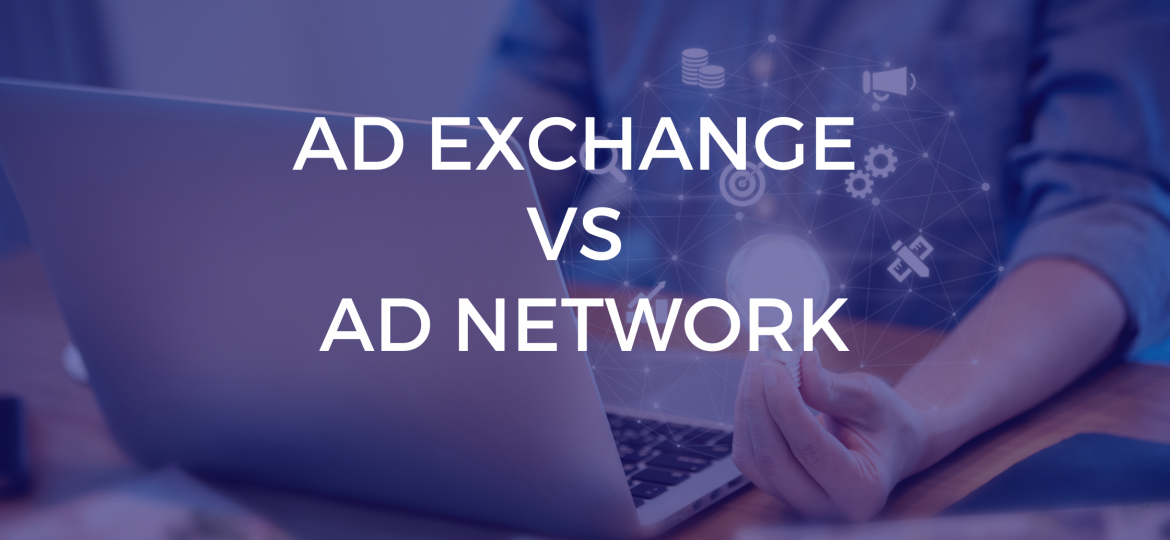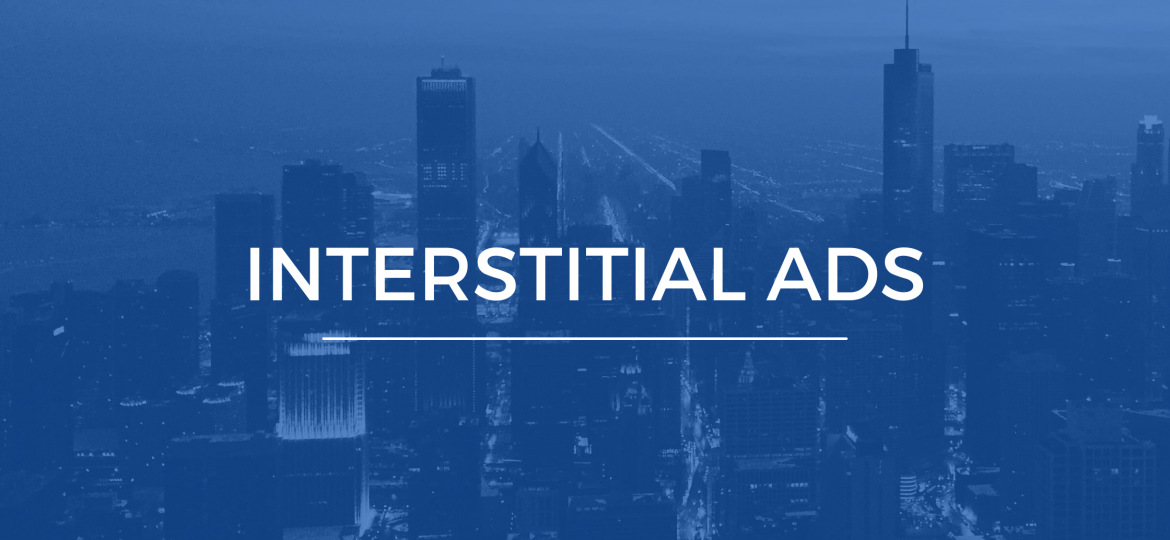According to Kevel’s header bidding tracker in 2021 Amazon has become the top header bidding adapter, with 78% market penetration, among the 10K US publishers who do header bidding. Amazon’s server-to-server wrappers, TAM and UAM, are bringing Amazon’s unique demand and their highly valuable first-party data to the table, an opportunity for revenue growth that few would pass. Let’s take a look at both to find out when each is used and what are their advantages and disadvantages. What is Amazon UAM? Unified Ad Marketplace (UAM) is a server-side header bidding solution, created by Amazon for small and medium-sized website publishers. Typically, these publishers will already be using Google Ad Manager as their ad server, running prebid, and won’t have any direct SSP relationships yet. Instead, Amazon would handle the partnerships on behalf of the publisher, for which it charges a 10% fee from the bid rates. UAM aggregates demand from Amazon plus most of the large SSPs and provides a transparent and fair platform for a first-price auction. The bidding happens on Amazon’s servers, as you would expect from an S2S header bidder. Publishers can use the platform for desktop and mobile display ads, but not for video or native yet. To protect your inventory from low-quality ads, you can block advertiser domains, IAB categories, as well as specific creatives. Pros & Cons of UAM Why use UAM? Increase demand: plug in unique demand from Amazon and reach buyers that are not typically accessible by small publishers; Simple ‘plug-and-play’…
Ad Tech
Back in December 2018 Google released Target CPM out of beta and made it available to all Google Ad Manager (then called Google Ad Exchange) users. The tool is an adjustable alternative to the traditional (fixed) price floor and comes in handy for boosting publishers’ fill rates. In this article we’ll take a closer look at both the good old price floors and Target CPM, focusing on the latter as the newer yield management option. What is a Price Floor? Going straight to definitions, a price floor is a fixed CPM price that serves as a set minimum to the bids that can participate in an auction. It allows publishers to define a price threshold for their inventory, below which they are not willing to sell. Most publishers will already be familiar with the concept, as it has been a key tool in yield management for quite a while. Price floors were especially useful in second-price auctions, back when this was the standard. Today, in a first-price auction world, the pricing strategies have changed as there is no longer a need to minimize the difference between the two highest bids. However, bid shading has imposed the need for a tool to preserve publishers’ ad inventory value, and price floors play a key role here. Another important use for price floors is to keep low-quality ads away in order to preserve the user experience unharmed. What is Target CPM? Target CPM, or tCPM, is another way to set price floors that…
The ever-evolving ad tech industry constantly offers new opportunities for growth and revenue optimization. At the same time, in a space full of buzzwords, definitions often start to blur in one’s mind. Today, we are tackling Post-Bid: find out what it is, how it works, what are the technology’s pros and cons and does it make sense to use it. If you are unsure of your understanding of header bidding and prebid, you might want to check our latest article about header bidding wrappers first. So, What is Post Bidding? Post-bid, post-bidding, or post-bidding are all terms used to describe the technology that lets the auction for an impression happen after the ad server has rejected all direct and exchange-based line items. The ad server has to first select the post-bid line item, in which case the winning line item’s creative is in fact a Prebid.js tag. Only after this does the actual auction among the demand sources take place. In contrast, with header bidding the opposite happens – the auction runs before the ad server has seen the impression. How Does It Work? First, the ad server receives an impression from the webpage. Then, it chooses the highest bid among direct-sold ads/sponsorships, exchanges, and post-bid line items. If a post-bid line item wins, then its creative content is served to the page. At the same time, this creative run a competition among the demand partners using prebid.js. The creative from the highest bidder is then displayed on that ad…
What is Ad Tech? Advertising Technology (Ad Tech) is the term that describes the systems of analyzing and managing tools for programmatic advertising campaigns. It includes the full ad delivery process, from picking an ad’s subject and place to selecting its target. Ad Tech solutions enable you to view the overall picture of your campaign and exploit it to its full potential. The direct benefits of this tight knot of diverse processes include increased operational efficiency, which means increased brand recognition, which leads to increased earnings. This indirectly leads to an increase in interest. Ad Tech, on the other hand, can be tough. Digital advertising is expensive, and you must ensure that every cent is working towards your goal. From a technological and logistical standpoint, the whole operation is quite demanding. It requires a massive amount of data and therefore massive computational power. As a result, you require the services of Ad Tech businesses that understand it inside and out and can turn it upside down to get through. AdTech firms are, in this sense, cavalry. The key advantage of using it is that it reduces budget spending and makes the entire process considerably more cost-effective. The company requires a properly customized system for its needs to get the most out of the Ad Tech modified campaign. The procedures for processing and categorizing incoming data must be precisely defined. It should fit exactly to make the process of organizing, delivering, and targeting advertisements as efficient as possible. It assists you…
Bid shading is a method used by buyers in first-price auctions to avoid overspending, and its importance has grown as every major exchange has transitioned to a first-price auction. Simply explained, it is a campaign feature that can help advertisers save money. Here’s an explanation of what it means and how it works. Bid shading defined There are two types of auctions in programmatic advertising: first-price and second-price. The highest bidder determines how much an impression is sold for in a first-price auction. The sale price of an impression is determined by the second-highest bidder in a second-price auction. Bid shading has emerged as a middle ground between the two. So, based on an estimate performed by the ad tech partner, the buyer will pay somewhere between the second-price and first-price value. How it works Because of the shift toward first-price auctions, the technology is mostly accessible as a free service on supply-side platforms and is becoming a feature increasingly used in DSPs. The vendor will study bid-history data, such as what bid rates normally win on a specific website or in a specific ad location, or at what price bids are lost, to determine what a bid should be that is midway between the first and second offers. Bid shading was created as a way to please buyers who were unhappy with having to pay far higher prices than they were used to when first-price auctions became popular. However, it is not particularly transparent, so buyers must rely on…
As a publisher, you’re always looking for methods to improve your site’s performance, whether it’s in terms of monetization, layout, or user experience. You may have heard other publishers discuss “Lazy Loading” or “Ad Refresh” and how it has helped them reach their objectives.What works for one publisher’s website may not work for another. In this piece, we will look into lazy loading ads to help you determine whether it’s worth it to implement them. So, what is Lazy Loading? When a visitor accesses a web page, all of its contents are typically rendered and downloaded in a single instance. The browser can cache the web page, but this does not always imply that people will be able to access it completely. Pages with lazy loading ads are prepared using placeholder content or empty containers that are replaced with genuine content only when the user scrolls down to it. In short, webpage material is loaded only when it is visible on the user’s screen. When implemented correctly, the primary benefit of lazy loading is reduced bandwidth utilization. In an image gallery, for example, instead of loading all images, just those that are likely to be viewed are loaded.It does, however, entail dangers, hazards, and trade-offs. Publishers should not assume that lazy load is better for their audience because those who try it typically experience varied results. Some businesses have gone through hundreds of implementations before settling on a single version that enhances user engagement or other KPIs. Typically, publishers attempt…
Ad networks and ad exchanges serve similar functions. In general, they both collect free inventory from publishers in one location and sell it to advertisers. Both can be incorporated with demand and supply-side networks, allowing for programmatic ad buying and selling.As a result, it’s difficult to distinguish between certain technology platforms, particularly if you depend on your DSP, who has little to no idea how it buys inventory and where it comes from. The sooner you decode those principles, the greater your chances of quickly optimizing your company and improving your brand. In this article, we’ll look at ad networks vs ad exchanges, by highlighting their main differences, and what role they play in ad monetization. What is an Ad Network? The general definition of an ad network is a media company-aggregator that acquires inventory from various publishers and sells it to advertisers or agencies. It is primarily the display, smartphone, and video inventory.When media purchasing became too difficult in the early 2000s, an advertisement network simplified the market by acting as an intermediary between the buying and selling sides. What is an Ad Exchange? By definition, an advertising exchange is a digital platform supply and demand parties (including publishers, advertisers, ad networks, DSPs, etc.) buy and sell inventory directly, without involving an intermediary. In most cases, ad exchanges run auctions and offer inventory to the highest bidder on an impression-by-impression basis, using real-time bidding technology. To summarize, this type of marketplace arose in response to publishers’ need to sell…
Interstitial Ads have grown in popularity over the years to become accepted as a format on both mobile and traditional web experiences. In the beginning, there were banner ads and pop-up ads. Pop-up ads broke up the user experience and were phased out through technical means such as pop-up blockers. Over the years, through the growth and innovation in ad formats through mobile, native, and video advertising, pop-up Ads have evolved into a more accepted Interstitial Ad. In fact, Google launched Web Interstitial Ads in late 2020. In this piece, we will go into a bit more detail. What is an interstitial ad? Interstitial Ads are typically full-screen ads that cover the majority of the active screen, whether that is floating over a web page in view or filling the screen on a mobile device. As the name suggests, these ads appear in-between the content a user is engaging with. Good examples of such ads would be breaks in play, between levels in a game, at natural transition points within an app, or in-between pageviews, before accessing a new page or piece of content. Usually, the initiation happens on a specified action, whether that is the user clicks on a relevant link or reaches a designated point of action within an app or game. A required function of this format is the ability to close it and continue using the web page or app. This is usually in the form of an X in the top right corner or just…
The rise of programmatic advertising and internet users’ understanding that seeing content means seeing ads, has resulted in a never-ending sprint to provide more ads. We have all seen and have an opinion about what we think a Bad Ad may be; offensive, cheap, patronizing are all describing the creative. However, today we will be discussing the type of ads we don’t want to see on the internet. Potentially malicious, often spam-like and border-line illegal ads occur more and more in a programmatic environment at scale. Google blocked and removed 2.7bn Bad Ads in 2019 alone. The ability to sell a campaign to appear alongside your content with the copy and imagery you feel fits your branding is still possible. Trying to do that tailored for each individual user whenever they visit your site though, is nigh on impossible. This ability to work at scale has driven programmatic growth and efficiency, however, it is safe to say that many publishers have lost control of their inventory. So what are Bad Ads and where do they come from?
Rewarded ads or Incentivized ads are a mainstay of the modern in-app mobile advertising experience. These types of ads are designed to reward the user once they have taken the desired action after seeing an advert. Over the years there has been an evolving relationship with this type of advertising, sparking the rise in the freemium model. What are they and how do they work? As the name suggests, Rewarded ads also known as Incentivized ads, offer mobile users a reward or incentive in exchange for their interaction with an ad. This can include installing an app, registering or subscribing to a website or service, or watching a video. This is especially prevalent in scenarios where a user wants to unlock content such as level-ups, more lives, power-ups, virtual coins, removing ads, or premium content. Unlocking content on completion of the desired action can be seen when the revenue model ‘Freemium’ is used. ‘Freemium’ offers users a free version of an app or service that either has a limited offering or that is heavily ad-supported. To remove the ads or unlock more features, a user must pay or subscribe to the app or service. High profile examples of this ad unit would be games such as Candy Crush, where you can unlock game features, boosters, or lives by watching a video ad, and platforms such as Spotify, where you can unlock uninterrupted music for 30 mins by listening to an ad as part of their free version, with ads completely…


